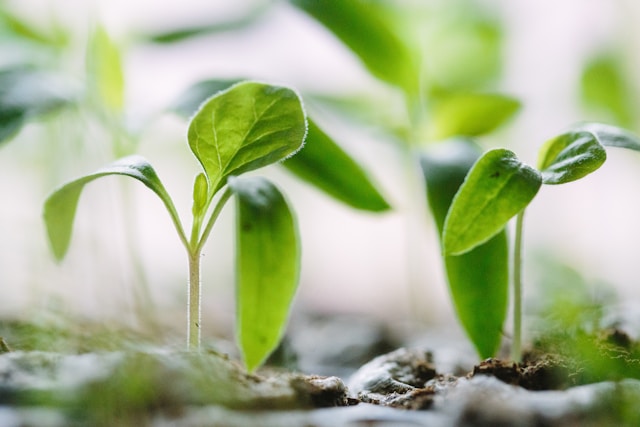Physical Address
304 North Cardinal St.
Dorchester Center, MA 02124
Physical Address
304 North Cardinal St.
Dorchester Center, MA 02124

Gardening enthusiasts and homesteaders know the joy of growing plants that keep giving year after year. While many vegetables and annual herbs need replanting each season, perennial herbs offer a long-term, low-maintenance solution. These hardy plants not only add flavor to your dishes but also provide medicinal benefits and attract pollinators to your garden.
If you’re looking for herbs that will thrive season after season with minimal effort, here are 10 perennial herbs to plant once and enjoy for years.
Perennial Herbs to Plant are a fantastic investment for any garden. Unlike annual herbs, which need replanting every year, perennials regrow from their roots and continue to flourish with little maintenance. Here’s why they’re a great choice:
Now, let’s explore the top 10 perennial herbs you should consider planting.
Bay laurel is a versatile herb with both culinary and ornamental value. Its aromatic leaves enhance soups, stews, and sauces. This evergreen shrub thrives in well-drained soil and can be grown in pots or garden beds. Additionally, bay laurel is naturally resistant to pests and can help protect other plants.
Growing Tips:
Lovage is an underrated herb with a celery-like taste. It’s excellent in soups, stews, and salads. Rich in vitamins, lovage also has medicinal properties, aiding digestion and reducing inflammation.
Growing Tips:
Known for its calming properties, Roman chamomile is a must-have for herbal tea lovers. It’s also a beautiful ground cover with fragrant, daisy-like flowers.
Growing Tips:
Catnip is well-known for its effect on felines, but it also has medicinal benefits for humans. It can be used in teas to promote relaxation and relieve digestive issues.
Growing Tips:
Willow herb is rich in vitamins A and C. Young shoots can be eaten as a vegetable, while flowers attract bees and pollinators.

Growing Tips:
A staple in Mediterranean cuisine, oregano adds a robust flavor to pizza, pasta, and sauces. It’s also a natural antibacterial herb.
Growing Tips:
Mint is one of the easiest herbs to grow. It spreads quickly and can be used in teas, desserts, and savory dishes.
Growing Tips:
Rosemary is a fragrant herb often used in meat dishes and herbal remedies. It thrives in warm climates and provides year-round greenery.
Growing Tips:
Lemon balm has a refreshing citrus scent and is used in teas, desserts, and natural remedies for stress relief.
Growing Tips:
Sage is a hardy perennial with a distinctive earthy flavor. It’s commonly used in stuffing, sauces, and herbal teas.
Growing Tips:
Adding perennial herbs to your garden is a smart choice for both novice and experienced gardeners. These herbs not only enhance the flavor of your meals but also provide medicinal benefits and beautify your outdoor space.
By selecting the right perennial herbs, you can create a thriving, self-sustaining herb garden that rewards you year after year. So, start planting today and enjoy the long-lasting benefits of these incredible herbs!
Looking for more gardening tips? Explore more guides on Sow Haven to help you cultivate the perfect herb garden!